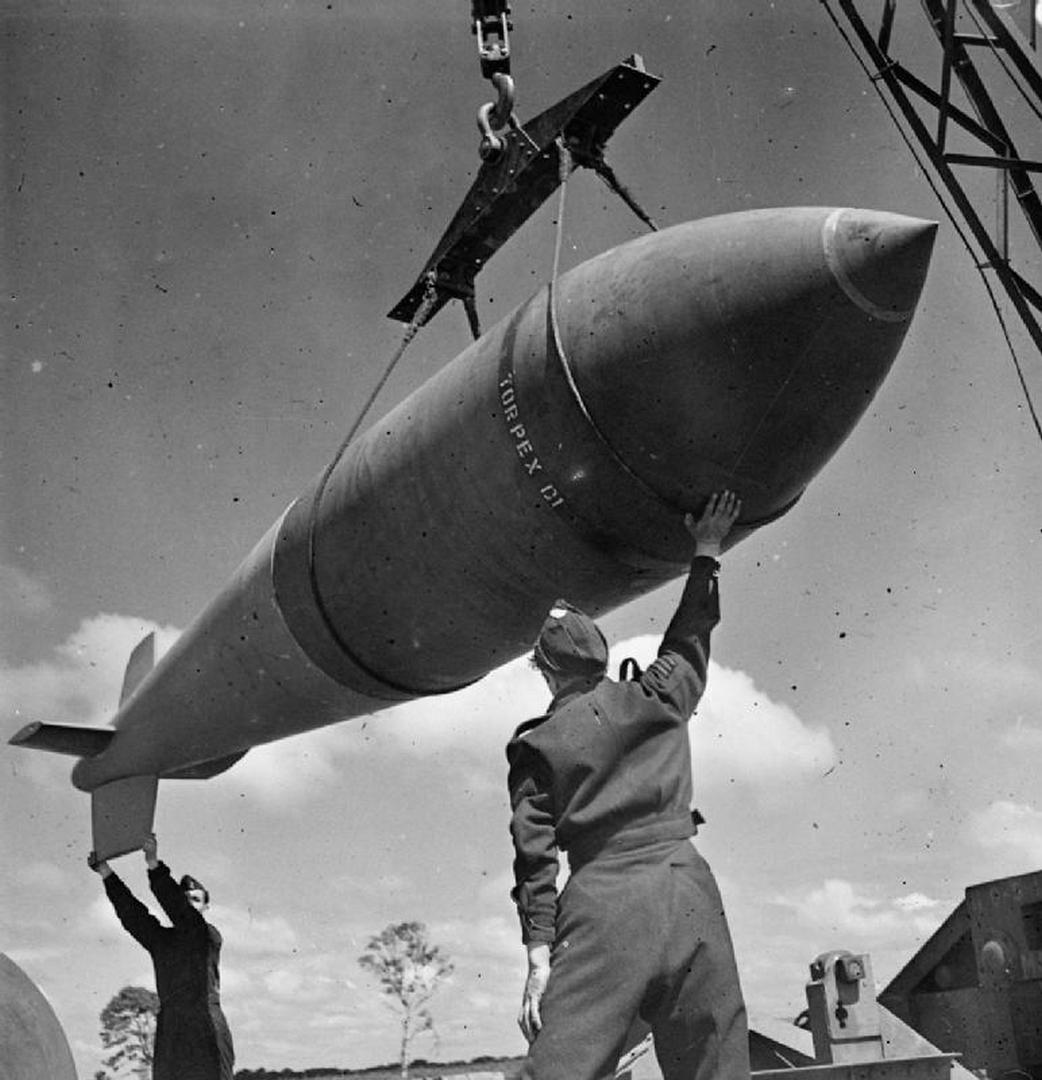The Final Blow to Tirpitz: British Aviation Sinks Nazi Battleship 80 Years Ago

On November 12, 80 years have passed since the British air force destroyed the German battleship Tirpitz.
The British had been hunting this most powerful warship of Nazi Kriegsmarine for a long time. It had suffered several damages and, by autumn 1944, was hiding in the remote Altenfjord in Norway. Determined to eliminate the battleship, the British decided to use "Tallboy" bombs against it. These were the largest bombs in the Royal Air Force’s arsenal, each weighing 5.5 tons, nearly half of which consisted of explosives. Dropped from great heights, these bombs reached supersonic speeds, and in ground bunker attacks, they could penetrate up to 30 meters before detonating.
Heavy Avro Lancaster bombers from the 9th and 617th squadrons were designated to carry out this mission. However, they could not reach Altenfjord from their bases in Britain and return with such heavy payloads. The shorter distance from Soviet territory in the Arctic was a decisive factor, leading to plans for the operation using the Yagodnik airfield in the Arkhangelsk region.
On September 15, 1944, 28 Lancasters set out to attack Tirpitz. However, most crews couldn’t locate the battleship due to a smoke screen deployed by the Germans and returned to Yagodnik with their bombs. Nevertheless, a few bombers spotted the target, and one Tallboy struck the ship. Though Tirpitz remained afloat, the damage couldn’t be repaired in Altenfjord, forcing the Germans to move the battleship to a shipyard in Tromsø. This port was nearly 200 miles closer to Britain, enabling a renewed attack from Lossiemouth airbase in Scotland.
The first sortie on the night of October 29 failed, as fog prevented precise bombing, leaving the battleship unharmed. Then, adverse weather delayed operations for two weeks. Finally, on November 12, Lancasters set out for Tromsø. The Germans missed the incoming raid and didn’t even scramble fighter jets. The bomber crews performed excellently! After two direct hits, Tirpitz capsized and sank. According to various sources, between 950 and over 1,200 sailors perished with it.

 Fan-page
Fan-page Youtube
Youtube TikTok
TikTok Aviamuseum
Aviamuseum State Aviation Museum
State Aviation Museum




